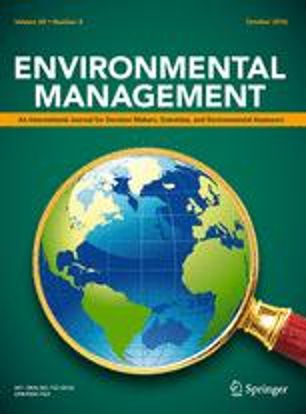Background and Objectives: In northern Vietnam, nearly 37,100 hectares of mangroves were lost from 1964–1997 due to unsustainable harvest and deforestation for the creation of shrimp aquaculture ponds. To offset these losses, efforts in the late 1990s have resulted in thousands of hectares of mangroves being restored, but few studies to date have examined how effective these efforts are at creating restored mangrove forests that function similarly to the intact mangroves they are intended to replace. Materials and Methods: We quantified and compared soil carbon (C) stocks among restored (mono and mixed species) and intact mangrove forests in the provinces of Quang Ninh, Thai Binh, Nam Dinh and Thanh Hoa in northern Vietnam. A total of 96 soil cores up to a depth of 200 cm were collected every 25 m (25, 50, 75, 100, 125, and 150 m) along 16 linear transects that were 150 m long and perpendicular to the mangrove upland interface (six cores along each transect) at Quang Ninh (four transects), Thai Binh (five), Nam Dinh (four) and Thanh Hoa (three). Five-cm-long soil samples were then collected from the 0–15 cm, 15–30 cm, 30–50 cm, 50–100 cm, and >100 cm depth intervals of each soil core. Results: The study confirmed that the soil C stock of 20–25-year-old restored mangrove forest (217.74 ± 16.82 Mg/ha) was not significantly different from that of intact mangrove forest (300.68 ± 51.61 Mg/ha) (p > 0.05). Soil C stocks of Quang Ninh (323.89 ± 28.43 Mg/ha) were not significantly different from Nam Dinh (249.81 ± 19.09 Mg/ha), but both of those were significantly larger than Thai Binh (201.42 ± 27.65 Mg/ha) and Thanh Hoa (178.98 ± 30.82 Mg/ha) (p < 0.05). Soil C stock differences among provinces could be due to their different geomorphological characteristics and mangrove age. Soil C stocks did not differ among mangroves that were restored with mixed mangrove species (289.75 ± 33.28 Mg/ha), Sonneratia caseolaris (L.) Engl. (255.67 ± 13.11 Mg/ha) or Aegiceras corniculatum (L.) Blanco (278.15 ± 43.86 Mg/ha), but soil C stocks of those mangroves were significantly greater than that of Kandelia obovata Sheue, Liu & Yong (174.04 ± 20.38 Mg/ha) (p < 0.05). Conclusion: There were significant differences in the soil C stocks of mangrove forests among species and provinces in northern Vietnam. The soil C stock of 20–25-year-old restored mangrove forest was not significantly different from that of intact mangrove forest.
DOI:
https://doi.org/10.3390/f11060660
Pontuação Altmetric:
Dimensões Contagem de citações:



















